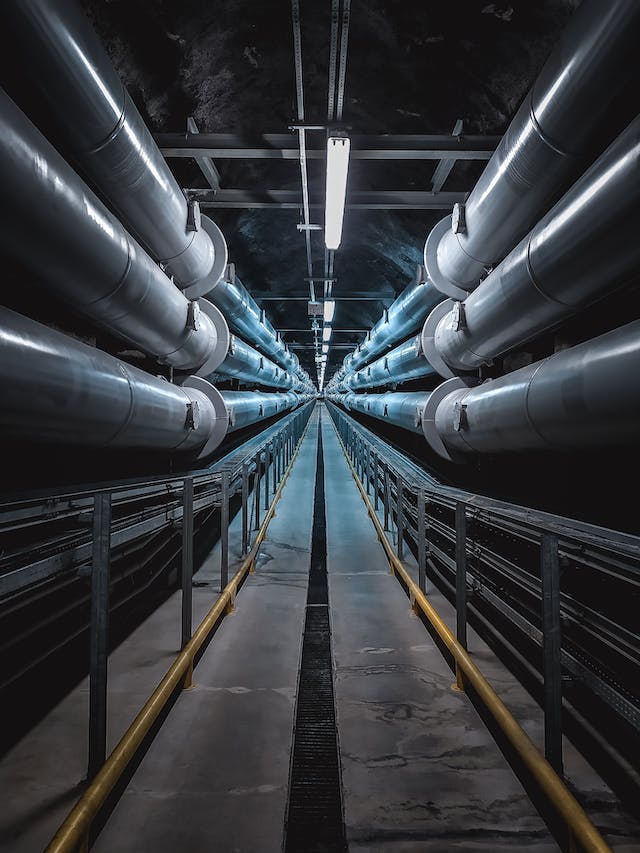Modern trenchless technology offers a wide range of techniques that reduce the environmental impact of pipeline repair and installation. These methods, including cured-in-place pipe (CIPP), can be used in various applications with minimal disruption to surface traffic and daily operations.
In bustling cities with aging underground infrastructure, rehabilitation is essential to keep the pipeline network running smoothly. Trenchless technologies are the best way to do this without disrupting traffic flow or inconveniencing residents.
Cost
Trenchless technology is an affordable way to renovate old underground pipes. Trenchless technology lowers labor costs, restoration costs, and environmental effects compared to traditional methods. For this reason, trenchless technology is a wise investment for residential and commercial properties. For additional information, go to https://sandiegoplumbingandpipelining.com.
Trenchless techniques are desirable in urbanized areas where digging conventional trenches is difficult due to heavy traffic and space constraints. They also help to minimize disturbances to surrounding quality of life conditions, such as streets, sidewalks, and driveways.
Additionally, the work can be completed faster because less digging is involved with pipe lining services. Typically, a repair that would take days using traditional methods can be finished in a day with trenchless technology. The overall price tag is lower because there are no excavation costs, and you save on future repair expenses thanks to the cured-in-place pipe’s increased durability. That makes it a more economical option for homeowners and businesses alike. Additionally, you’ll have peace of mind knowing that your rehabilitated pipes will last much longer than the average lifespan of traditional pipes.
Time
The lack of excavation required for trenchless technology methods reduces the time spent on project completion. Because of this, plumbing companies can offer faster services for their customers.
Trenchless technology also helps to preserve the environment. Trenchless construction prevents water and air pollution and deforestation by avoiding the disruption of natural habitats. It also minimizes the risk of pipeline strikes.
One example of the advantages of trenchless technology is when New York City needed to rehabilitate an aging water pipeline in Queens. Traditional methods would have disrupted the entire community, but CIPP pipe lining was used to repair it without requiring extensive digging.
The rehabilitated line still functions like new, and it was accomplished in less than a week with minimal disruption to the residents. The city also saved money thanks to the reduced need for road closures and traffic disruptions. Trenchless technology offers a game-changing solution for the future of construction.
Environment
Because trenchless technology does not require large-scale excavation, it minimizes property disturbance and environmental harm. It allows for repairing or replacing underground utilities with minimal disruption to surrounding structures and landscapes, such as lawns, roads, driveways, buildings, and sidewalks. Trenchless techniques include horizontal directional drilling, pipe bursting, and cured-in-place pipe (CIPP) lining.
Traditional excavation methods require heavy machinery, which generates carbon emissions. These emissions are avoided with trenchless technologies, such as CIPP piping, which utilizes the existing pipeline and requires only two minor access points.
Trenchless solutions reduce construction’s adverse environmental effects and save municipalities money. Combined with reduced downtime for businesses, these cost savings make trenchless plumbing an attractive option for homeowners and cities alike.
Safety
Trenchless technology can install, repair, and replace underground infrastructure without disturbing the surface. It minimizes the impact on society and allows projects to be completed more quickly.
Unlike traditional excavating methods, trenchless technologies such as slip lining do not require large holes to access the pipe. Instead, a flexible, resin-saturated lining material is inserted into the pipe and cured to form a new pipe inside the existing one. This method can fix small cracks, leaks, and corrosion and extend your sewer pipes’ lifespan.
In addition to minimizing property disruption, trenchless technology saves commercial and residential properties cost. Less digging means lower labor and equipment costs, resulting in significant savings for project proponents. In addition, trenchless repairs can be completed in less time, reducing the amount of disruption to daily operations and ensuring customer satisfaction. These benefits of trenchless technology are expected to increase as more and more businesses and governments turn to this innovative solution.
